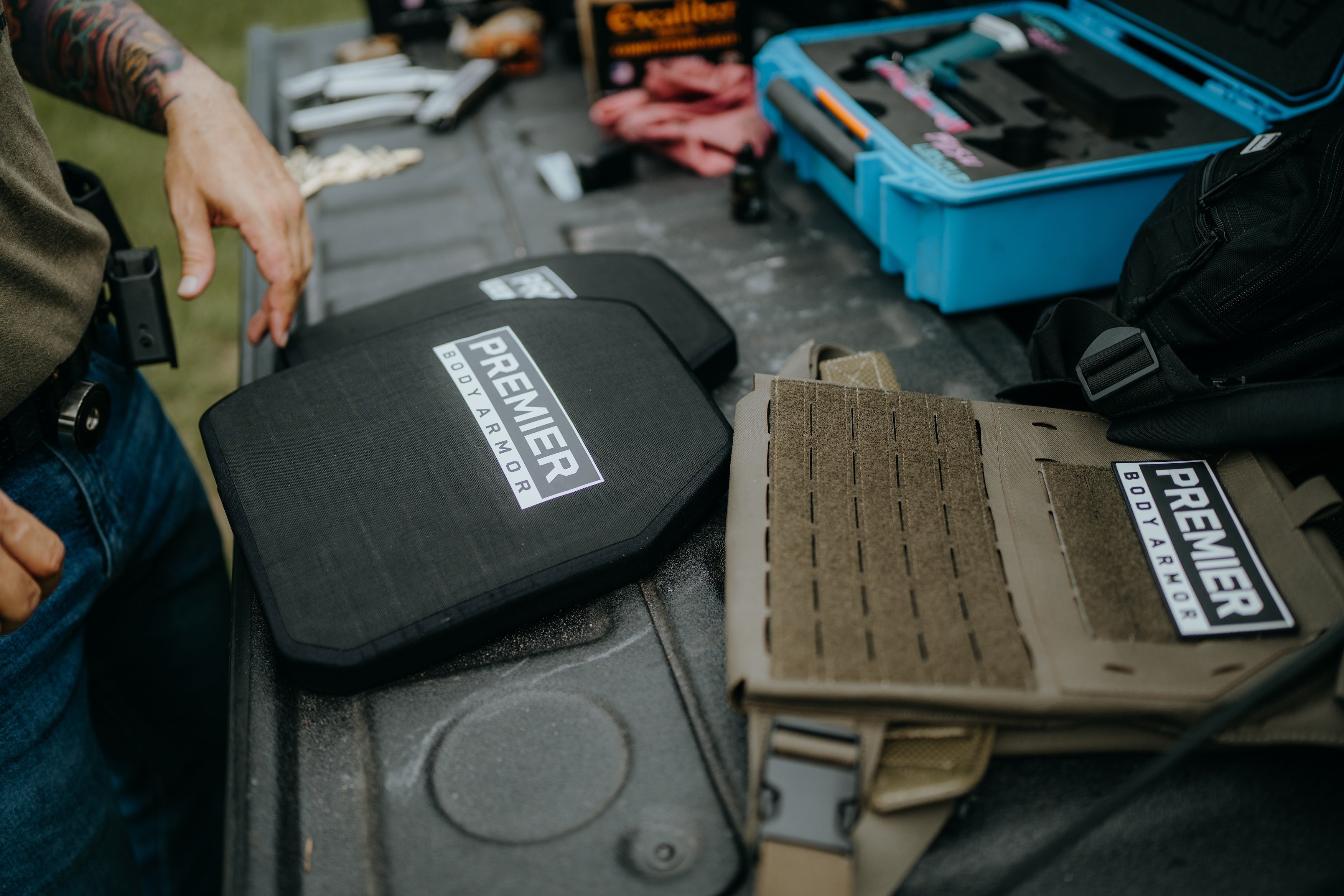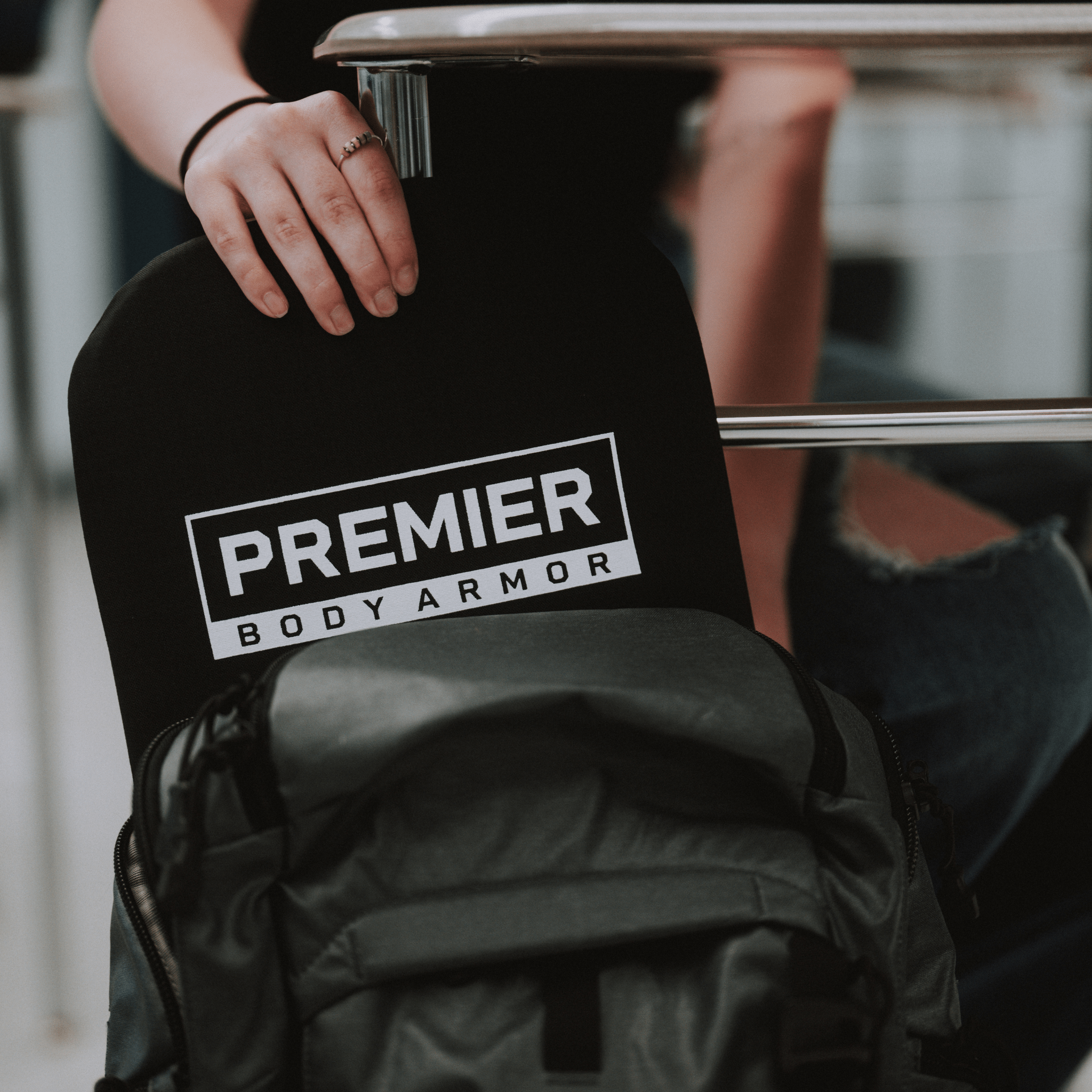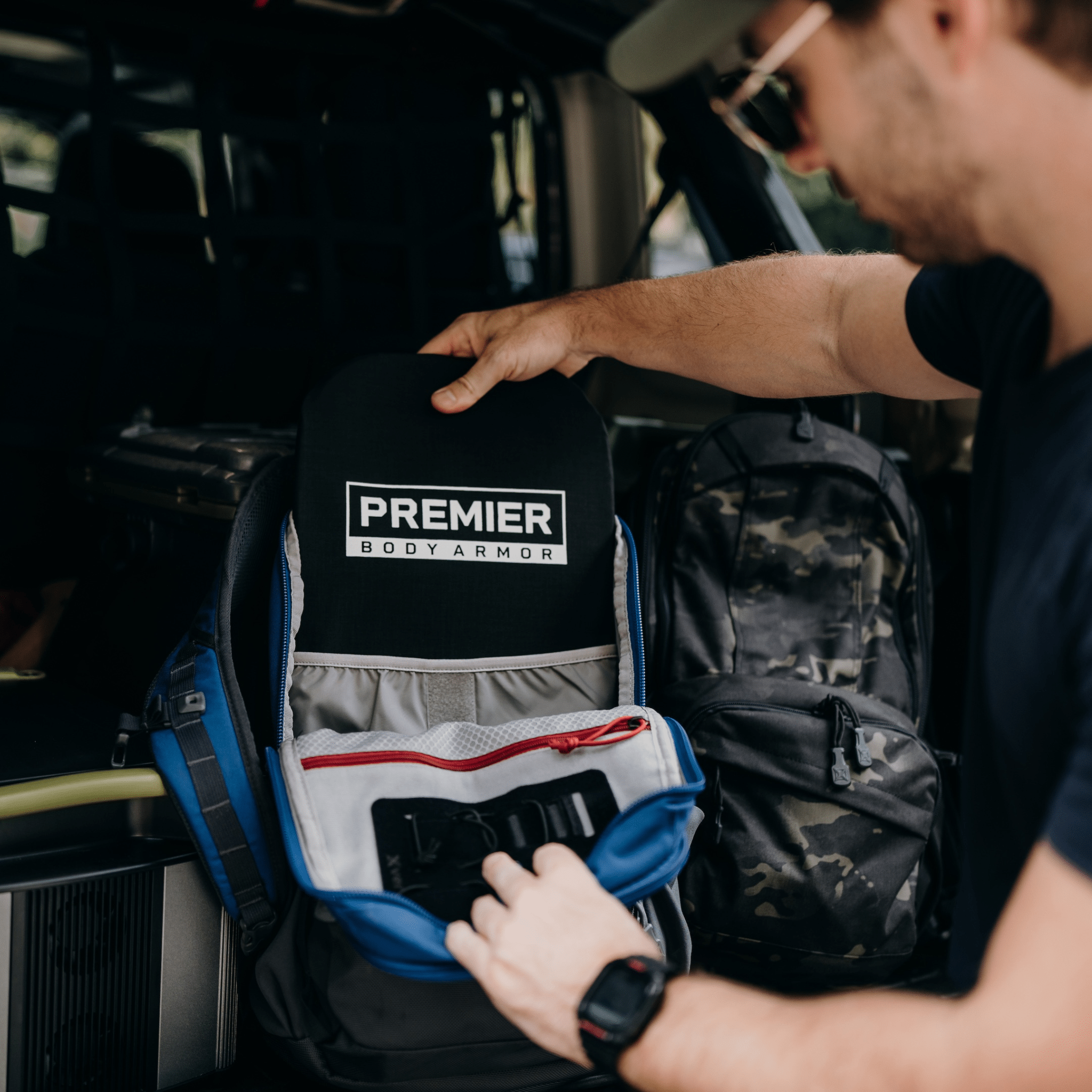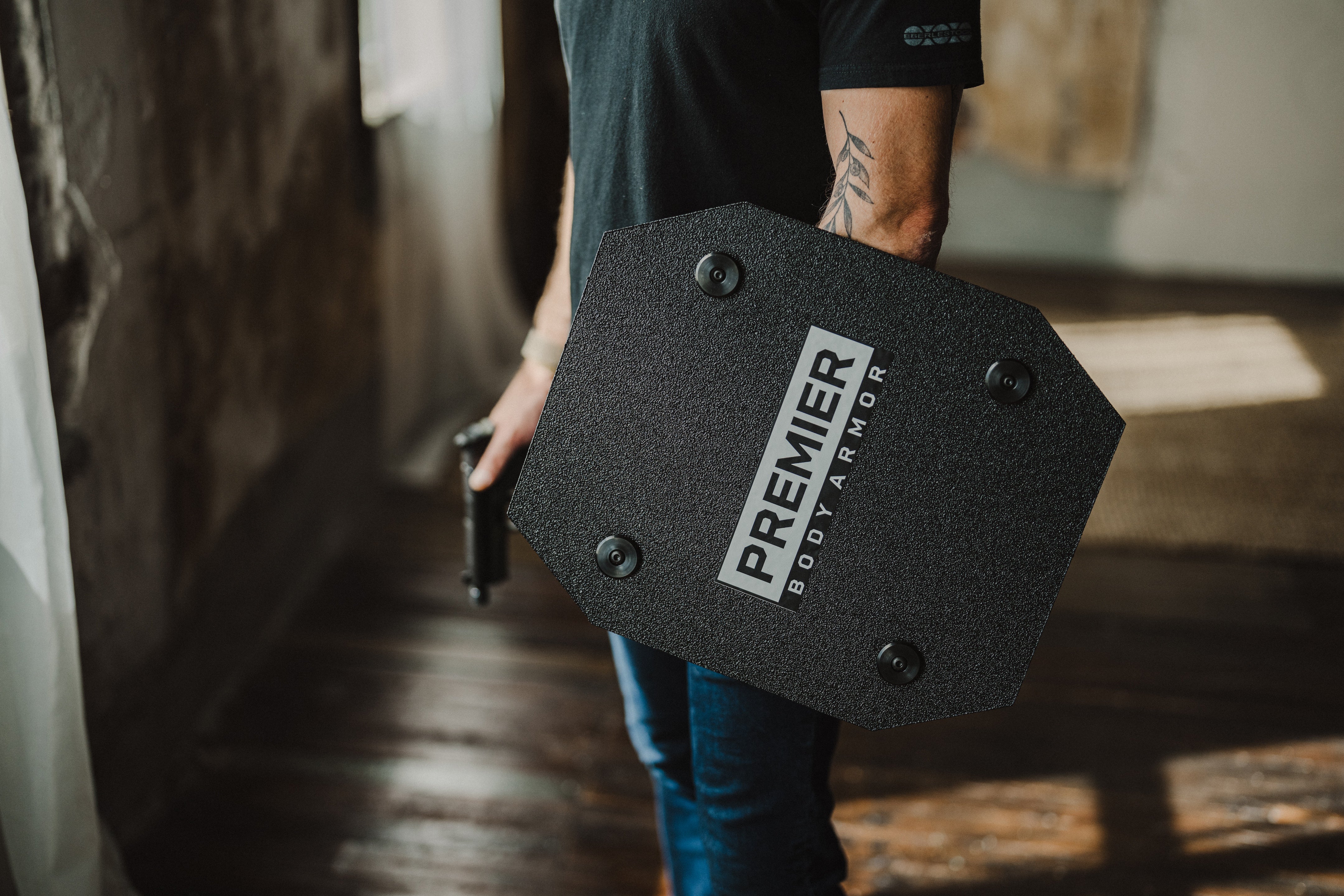How to Conceal Carry While Driving: Smart & Safe Practices
Whether you're commuting, road-tripping, or just running errands, knowing how to manage your concealed carry while driving is critical for safety, legality, and peace of mind. Unlike standing or walking, carrying a firearm in a seated, belted position introduces new challenges, from access and comfort to state-specific laws.
In this guide, we’ll break down the best practices for CCW while driving, including legal considerations, carry positions, smart holster options, and how to respond in emergencies or traffic stops. Whether you're new to carrying or refining your setup, these tips will help you stay safe, discreet, and prepared behind the wheel.
At-a-Glance
- Legality: Verify state laws and reciprocity before you drive armed.
- Access: Test a seated, buckled draw; adjust cant/position until clean.
- Discretion: Keep concealment consistent; avoid printing/brandishing.
Is It Legal to Concealed Carry in Your Car?
Carrying a concealed firearm in your vehicle is legal in most states, but the specifics vary widely depending on where you live and where you’re traveling. Some states allow loaded firearms in the vehicle with a valid concealed carry permit (CCW), while others require the weapon to be unloaded and locked away, even for permit holders.
The good news is that in many jurisdictions, car concealed carry is treated the same as on-body concealed carry, as long as you follow the state’s rules. But this isn’t always the case, especially in states with restrictive transport laws or limited reciprocity agreements.
Before hitting the road armed, it’s essential to understand the CCW while driving laws in your area. Check whether your permit is recognized in the states you'll pass through and whether your carry method (on-body vs. glove box) complies with their requirements.
In short: car conceal carry and on-body carry are often treated similarly, but not always. Know the rules for CCW while driving where you live and where you’re headed.
Verify three things before you go:
-
Does your permit (if any) apply in this state?
-
Is a loaded firearm allowed in the passenger compartment?
-
If off-body, does your storage method meet that state’s standard?
For a breakdown of carry styles and best practices, see our Best Way to Concealed Carry guide
Understanding Federal vs. State Laws
Federal law plays a limited role; gun laws by state control how you carry or store a handgun in a vehicle. Gun laws by state are what matter. Each state sets its own rules for how firearms can be stored or carried inside a car, including whether a CCW permit is recognized, how the gun must be secured, and what constitutes legal carry.
Some states offer permitless carry (also known as constitutional carry), while others require a specific license with training requirements. Some states only allow firearm transport in locked containers separate from ammunition.
Because statutes and reciprocity can change, always check state-specific guidelines before you travel. To ensure you're prepared beyond self-defense, explore our guide to Car Bug-Out Bags.
What About Crossing State Lines?
Crossing borders raises two issues: CCW reciprocity and traveling with a firearm when your permit isn’t honored. Just because your concealed carry permit is valid in your home state doesn’t mean it’s recognized elsewhere. Reciprocity agreements vary, and some states won’t honor out-of-state permits at all.
Before crossing borders, research the traveling with a firearm laws for every state on your route. Pay close attention to rules regarding loaded weapons, storage requirements, and whether a firearm must be kept in a locked container.
If your permit isn’t valid in states you pass through during travel, follow the federal “safe-passage” rule (18 U.S.C. §926A): unload the firearm and keep the gun and ammo not readily accessible; in vehicles without a trunk, lock them in a container other than the glove box/console.
Always verify reciprocity through official state websites or up-to-date legal maps before you hit the road.
Best Concealed Carry Positions While Driving
When you’re carrying concealed in a vehicle, choosing the right concealed carry position is essential for both safety and fast access. The best option balances concealment, comfort, and the ability to draw quickly in an emergency.
Appendix carry in a car is a popular choice because it places the firearm at the front of the waistband, allowing easier access while seated. However, it can become uncomfortable on long drives and may require repositioning when wearing a seatbelt.
On the other hand, traditional hip or inside-the-waistband (IWB) positions may offer better comfort during extended trips, but they can be obstructed by your seatbelt carry position, jacket, or even the vehicle seat itself.
Whatever you run, test it in the driver’s seat. Dry-practice a clean, safe draw with the seatbelt on, then re-holster deliberately. If the belt traps your grip, adjust holster cant or shift slightly forward on the clock. Training to sweep or lift the belt off the grip path preserves both safety and speed.
Up next, we’ll break down the pros and cons of specific carry styles, appendix, hip/IWB, and shoulder, to help you make the most informed decision.
Appendix Carry: Pros and Cons
Appendix carry places your firearm at the front of your waistband, typically around the 1 o’clock position. It’s a favorite for quick access, especially while seated.
Pros:
-
Fast, easy draw while buckled in
-
Strong concealment with the right shirt or jacket
-
Minimal seat interference
Cons:
-
May be uncomfortable for long drives
-
Challenging for larger body types
-
Risky if holstering carelessly; use a rigid, high-retention holster
Bottom line: Appendix carry shines in vehicles if you dial in cant/ride height and practice seated draws. Keep the trigger fully protected and re-holster only when the car is stable and your muzzle is clear.
Hip and IWB Carry in the Car
Hip carry or inside-the-waistband (IWB) carry at the 3 to 5 o’clock position is common, but less ideal for driving. Your seatbelt can pin the firearm against the seat, making it hard to reach in a hurry.
Pros:
-
Comfortable when standing or walking
-
Works well with most holsters
Cons:
-
Seatbelt/jacket can block access
-
Seat contour can press the grip into your side
-
Slower draw speed while seated
Make it work: For hip carry/IWB carry, slide slightly forward of 3 o’clock and run a forward cant. Test your seated draw with the belt fastened and your torso at driving posture, not squared to the target.
Crossdraw and Shoulder Holsters for Driving
Crossdraw holsters and shoulder holsters shine in the car because they allow for easier access across the chest or stomach, perfect when seated.
Pros:
-
Easy access while belted
-
Comfortable for long rides
-
Works well under jackets
Cons:
-
More likely to print under thinner clothes
-
Slower draw from standing
-
Requires extra training to avoid flagging during draw
A well-built car holster in a crossdraw holster or shoulder holster configuration solves many seated-access problems. Prioritize retention and a safe draw path that doesn’t flag passengers.
Choosing the Right Bag or Holster for Car Concealed Carry
For vehicles, pick gear that balances comfort, retention, and one-hand access. A car concealed carry holster should let you draw without unbuckling or fishing around. Rigid Kydex or hybrid holsters are great for consistent placement, while soft holsters can be more comfortable but less secure under stress.
For those who prefer off-body carry, a purpose-built CCW bag like the Viktos Counteract CCW Slingbag offers fast, discreet access with internal retention features and extra room for magazines, med kits, or ID. The sling design also lets you rotate the bag to the front in tight quarters, perfect for vehicle use.
Whatever you choose, avoid tossing a loaded gun into a glove box or console. That’s slow, unsafe, and inconsistent. If you’re often behind the wheel, invest in the best holster for driving, and practice with it in the car you actually drive.
How to Stay Safe and Discreet While Carrying in Your Car
Maintaining driver CCW safety goes beyond holster selection. It’s about developing habits that keep you both ready and responsible. Concealed carry while driving poses unique risks and responsibilities, so your focus should be on keeping your firearm accessible, discreet, and under control at all times.
Discreet concealed carry means ensuring your weapon isn’t visible, even unintentionally. This reduces the risk of alarming others, drawing attention, or violating brandishing laws. Whether your gun is on your person or in a bag, concealment must remain consistent throughout your drive.
Build consistent routines: how you stage the belt, how you clear cover garments, and how you re-holster, so your driver CCW safety habits hold under stress.
Below, are three key elements of responsible carry in your vehicle: keeping the gun secure yet reachable, preventing printing/brandishing issues, and handling law-enforcement stops cleanly and legally.
Keeping Your Firearm Accessible But Secure
For CCW while driving, mount consistency beats novelty. The gun should be exactly where your hand expects, oriented for a one-handed seated draw. Use a rigid holster or a CCW bag with internal retention so hard braking doesn’t shift the gun or expose the trigger. Never let your weapon slide around the car or rest loosely in a cupholder or glove compartment.
Train a clean, straight-line draw and an equally disciplined re-holster once the vehicle is stable.
Avoiding Printing and Brandishing
Firearm concealment must hold up while seated and belted. Test cover garments in the driver’s seat and while exiting/entering. Watch for printing when you lean or twist.
Brandishing, exposing your weapon to intimidate or without lawful justification, is illegal in most states and can lead to serious charges.
Keep the gun covered, your movements disciplined, and your draw reserved for imminent-threat situations only.
Dealing with Law Enforcement Stops
During a traffic stop with CCW, stay calm, hands visible, engine off, windows down. Many states require notifying police when carrying. Even where it’s not mandatory, a clear, courteous disclosure keeps everyone safe: “Officer, I have a concealed carry permit and I’m currently armed. How would you like me to proceed?” Follow instructions and don’t reach for the gun.
How to Handle Emergency Situations
Even the best-prepared CCW drivers may face high-stress encounters. Whether it's a carjacking, road rage incident, or roadside assault, knowing how to respond with confidence is part of your self-defense strategy.
Train self-defense in car scenarios from a seated start with seatbelt on, doors locked, and limited mobility. If escape is possible, drive away; vehicles are deterrents and shields. If not, manage angles and visibility, use the car’s structure for cover, and communicate clearly with passengers.
When conditions allow, call 911 first. If deadly force is justified, act decisively within your state’s laws, then holster safely and identify yourself when law enforcement arrives. For broader roadside preparedness, see our Car Emergency Backpack Must-Haves guide.
When to Draw: Legal and Tactical Considerations
Use of a firearm in self-defense must meet the standard of reasonable belief that your life or someone else’s is in imminent danger. This legal use of force threshold varies slightly by state but generally requires the threat to be immediate and unavoidable.
Tactically, manage angles inside the cabin; know how you’ll clear the belt, defeat cover garments, and avoid flagging passengers. If escape is feasible and safe, that’s usually the better choice. Document, de-escalate when possible, and call 911 early.
First Aid and Trauma Kits
A car first aid kit is an essential addition to any armed driver’s setup. After any defensive incident, or even a vehicle accident, you may be the first responder for yourself or others. Include trauma essentials like a tourniquet, chest seals, hemostatic gauze, pressure bandage, nitrile gloves, and a marker.
Keep it staged where you can reach it from the driver’s seat. Train basic bleeding control and airway positioning.
For full load-out advice, see our Car First Aid Kit Guide.
CCW While Driving Shouldn’t Be an Afterthought
Tune your vehicle setup the way you tune your EDC. Review local laws regularly, especially if you cross state lines. Make vehicle-specific adjustments to your gear and practice drawing from a seated position. Even simple dry runs in your garage can improve your muscle memory and response time.
These concealed carry tips, plus responsible gun ownership, turn “I have a gun in the car” into a disciplined, defensible plan.
CCW While Driving FAQs
1) Can I keep my handgun in the glove box while driving?
Generally not recommended. A glove box gives you slower access, and is not as secure while driving.
2) Is appendix carry safe in a car?
Yes, if you use a rigid holster that fully covers the trigger and you re-holster deliberately. Test comfort and access on long drives.
3) Do I have to tell the officer I’m carrying?
Some states require immediate disclosure. Even where it’s not required, courteous notification can make the stop smoother. Verify your state’s rule before you travel.










Leave a comment